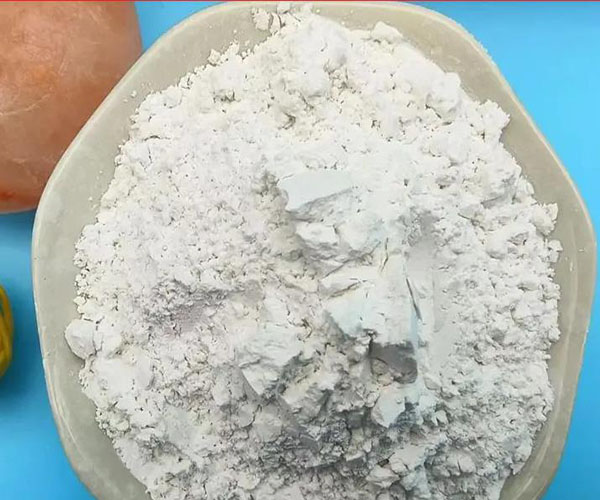Limestone is a sedimentary rock primarily composed of calcium carbonate (CaCO3) in the form of the mineral calcite. It often contains other materials such as quartz, feldspar, and clay minerals. Limestone is typically gray in color but can also be white, yellow, or brown, depending on its mineral and organic content. It is widely distributed around the world and is formed through the accumulation of organic materials like shells, coral, and algae over millions of years.
Limestone has a variety of uses, including:
Construction: It is a key ingredient in cement and is used as an aggregate in concrete and asphalt for road construction.
Manufacturing: Limestone is used in the production of glass and as a flux in iron and steelmaking to remove impurities.
Agriculture: It is used to neutralize acidic soils and as a calcium supplement for livestock.
Environmental: Limestone can be used to reduce sulfur dioxide emissions in power plants and as a filtering agent in water treatment.
Architecture: It is a popular material for building and decorative purposes due to its durability and aesthetic appeal.
Chemicals: Limestone is a source of lime (calcium oxide) and other chemicals used in various industrial processes.
 English
English Español
Español Português
Português Français
Français Deutsch
Deutsch Русский
Русский 中文
中文 日本語
日本語
